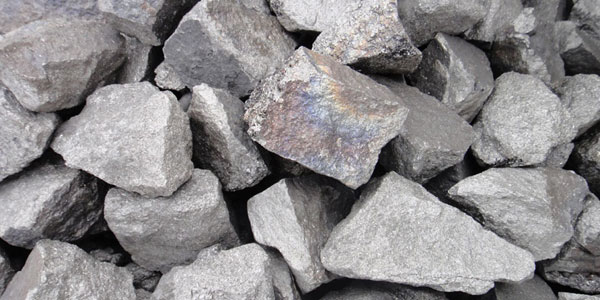
A silicon-manganese alloy additive is a chemical compound that is used to improve the properties of steel. Its composition is a blend of manganese, silicon, and boron. There are two types of silicon-manganese alloy additive.
Silicon and manganese are two of the most important elements in silicon-manganese alloys, and they can improve the properties of steel. They both help with deoxidation, and manganese also provides a secondary protection against oxygen. A silicon-manganese alloy additive with a boron content of less than 3% is an example of a deoxidizing alloy.
The composition of a silicon-manganese alloy additive containing boron and at least one rare earth metal is an important consideration for ensuring a high quality steel. The boron content in a silicon-manganese steel additive is typically 0.3% to 1.5%, with the balance being titanium or other rare earth metals. Other elements may be present as well, including calcium, manganese, zirconium, and aluminum.
Boron content is important for hardenability, as a boron-rich material is highly resistant to oxygen reactions. A boron-rich alloying additive contains 15 to 30 percent titanium and 20 to 40 percent silicon. The mixture may also contain up to 2 percent calcium, manganese, zirconium, or iron.

The composition of silicon-manganese alloys can be varied. Low-carbon Fe-Mn alloys have a manganese content of seventy-four percent to eighty-five percent, while medium-carbon Fe-Mn alloys contain 74 % to 82 % manganese and between one and two percent silicon.
Silicon-manganese alloys are usually composed of silicon-rich slag, which reduces the carbon content of the alloy. These low-carbon alloys are used in the stainless steel-making process. Manganese-silicon alloys require a high manganese slag and fluxing agents, and have a low carbon content.
Silicon-manganese alloys contain silicon, manganese, and iron, with trace amounts of carbon and other elements. These alloys are used for deoxidizing processes and in the steel industry.
Silicon-manganese alloy is a very important alloying element that enhances the hardness of steel. It also acts as a mild deoxidizer. It is used in almost all types of steel. A silicon-manganese alloy adds less carbon than a high carbon version, and is better for the mechanical properties of steel. It can also be customized to fit customer needs.
This alloy is made up of silicon-manganese and low carbon ferromanganese. It contains 63-66%Mn and 28-32%Si, with less than 0.08%C. It is a low-carbon intermediate alloy, and is used in the production of stainless steel. It is also used in the making of aluminium ingots. The main benefit of this alloy is that it is more resistant to corrosion than other metals, and it does not require a high-temperature furnace.
Manganese is a very cheap metal. It is used in many applications, and is often a substitute for expensive metals. It can be used in a wide variety of applications, from the production of ceramics to manufacturing of electronics. It has also been used to create alloys containing noble metals. In fact, many smartphone screens contain rare metals such as iridium, which is rarer than gold.

Write a Message